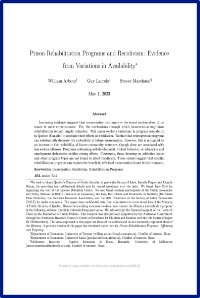By Tim Causer and Philip Schiofield
The present edition of Panopticon versus New South Wales and other writings on Australia consists of fragmentary comments headed ‘New Wales’, dating from 1791; a compilation of material sent to William Wilberforce in August 1802; three ‘Letters to Lord Pelham’ and ‘A Plea for the Constitution’, written in 1802–3; and ‘Colonization Company Proposal’, written in August 1831. Of this material, Bentham printed and published the first two ‘Letters to Lord Pelham’ and ‘A Plea for the Constitution’, but the remainder is published here for the first time. These writings, with the exception of ‘Colonization Company Proposal’, are intimately linked with Bentham’s panopticon penitentiary scheme, which he regarded as an immeasurably superior alternative to criminal transportation, the prison hulks, and English gaols in terms of its effectiveness in achieving the ends of punishment. He argued, moreover, that there was no adequate legal basis for the authority exercised by the Governor of New South Wales. In contrast to his opposition to New South Wales, Bentham later composed ‘Colonization Company Proposal’ in support of a scheme proposed by the National Colonization Society to establish a colony of free settlers in southern Australia. He advocated the ‘vicinity-maximizing principle’, whereby plots of land would be sold in an orderly fashion radiating from the main settlement, and suggested that, within a few years, the government of the colony should be transformed into a representative democracy.
London: UCL Press, 2022. 619p.





















